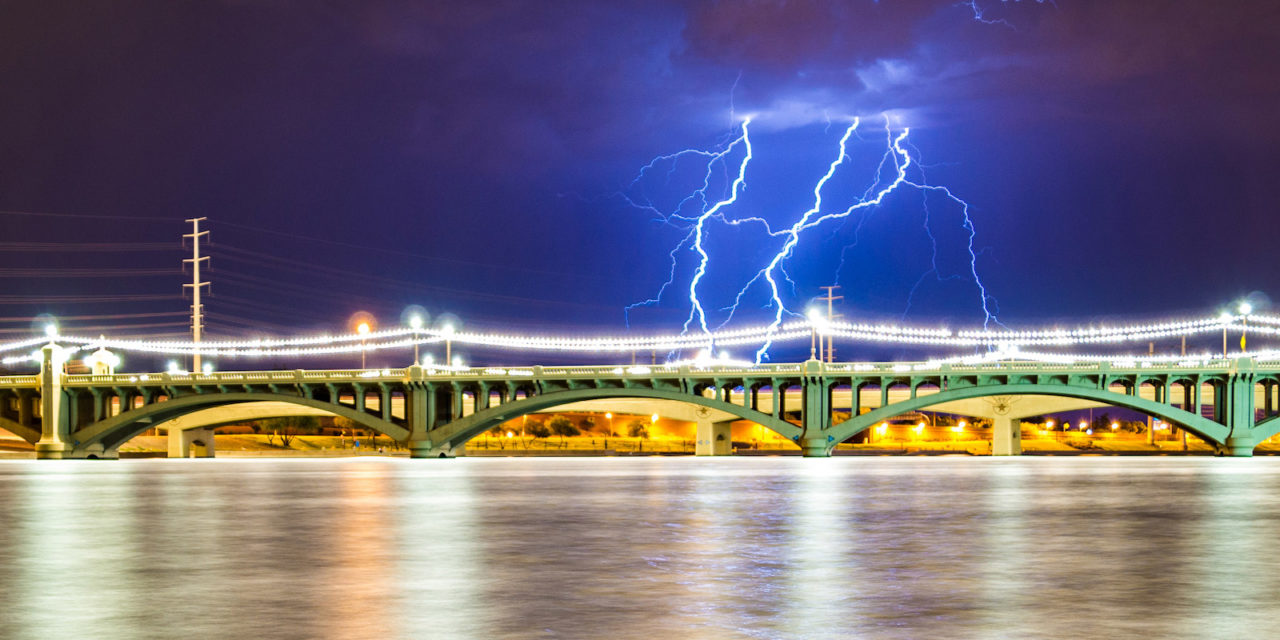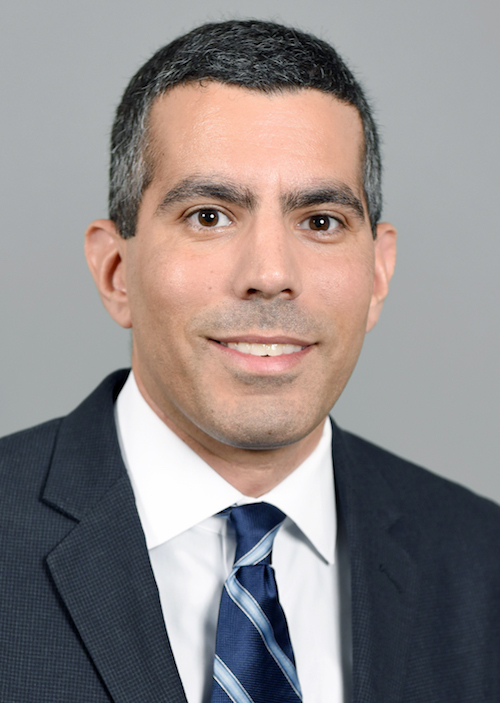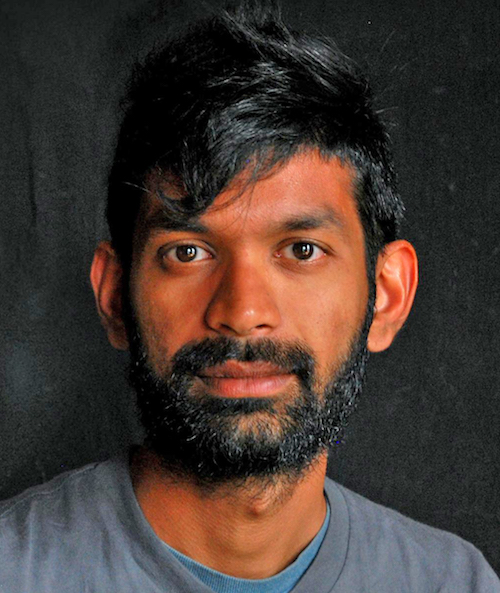
ASU professors share insights on future of engineering

Above: Photo courtesy of Shutterstock
From the horseshoe-shaped, glass-bottomed skywalk hovering 4,700 feet above the Grand Canyon floor to the highest dam in the Western Hemisphere towering 726 feet above the Colorado River, engineering innovations are crucial to the world’s advancement.
As the next generation of engineering leaders, two professors in Arizona State University’s Ira A. Fulton Schools of Engineering shared techniques for advancing the field at the National Academy of Engineering’s 24th annual U.S. Frontiers of Engineering symposium on September 5-7.

Mikhail Chester
Mikhail Chester, an associate professor of civil, environmental and sustainable engineering in the School of Sustainable Engineering and the Built Environment, was selected to participate in the symposium. Darshan Karwat, an assistant professor with a joint appointment in The Polytechnic School and the School for the Future of Innovation in Society, was selected to speak at the event.
Along with nearly 100 of the nation’s emerging engineers who are performing exceptional research, Chester and Karwat attended the event hosted by the Massachusetts Institute of Technology Lincoln Laboratory in Lexington, Massachusetts. The symposium covered progressive developments in four areas: quantum computing, the role of engineering in the face of conflict and disaster, resilient and reliable infrastructure, and theranostics.
NAE’s mission is to advance the well-being of the nation by promoting a vibrant engineering profession and marshaling the expertise and insights of eminent engineers to provide independent advice to the federal government on matters involving engineering and technology.
“It’s critically important to bring young engineers from different technical areas together to spark innovation,” said NAE President C. D. Mote, Jr. “The Frontiers of Engineering program does this by creating a space for talented engineers to learn from each other and expand their technical perspectives early in their careers.”
Building more resilient and reliable infrastructure
Chester represents one of only four ASU faculty members selected to participate in this prestigious symposium over the past 15 years. He participated in NAE’s 2013 Frontiers of Engineering Education symposium, an event fostering effective, substantive and inspirational engineering education. His experience at the education symposium fueled his desire to participate in the research symposium, so he was excited to be nominated to attend as one of 84 of the nation’s brightest young engineers.
“I was eager to collaborate with a community of really thoughtful people on topics of interest,” said Chester. “The participants came from a broad range of fields: industry, government and academia. It was nice to partake in a very balanced discourse where so many different stakeholders were represented.”
Chester’s research aligns with the symposium’s theme of resilient and reliable infrastructure, particularly related to climate-driven extreme events such as heat, precipitation and coastal or urban flooding. He studies how infrastructure might break and, more importantly, how engineers can build more resilient and reliable infrastructure so it doesn’t break or fail in the onset of extreme events.
Chester serves as a co-leader of ASU’s Urban Resilience to Extremes Sustainability Research Network, also known as UREx SRN. The research network includes 17 partner institutions in nine cities across North and South America. Supported by a $12 million grant from the National Science Foundation, UREx SRN aims to devise, analyze and support urban infrastructure in the face of climatic uncertainty and put cities on paths to sustainable futures.
“The symposium was a great opportunity to hear how different communities deal with the challenge of infrastructure vulnerability,” said Chester. “We came together, found common ground and can continue tackling these issues going forward.”
In addition to hearing from thought leaders on each of the symposium’s themes, Chester presented his own research and networked with other participants and speakers.
“I think climate change represents one of the greatest challenges to humanity,” said Chester. “It touches on every aspect of our lives so it’s important for engineers to create solutions for a better future.”

Darshan Karwat
Spreading the ideals of peace, social justice and environmental protection
Karwat, an assistant professor in ASU’s School for the Future of Innovation in Society and The Polytechnic School in the Ira A. Fulton Schools of Engineering, also believes engineering has the potential to build a better future. He runs re-Engineered, an interdisciplinary group that seeks to infuse engineers with the ideals of peace, social justice and environmental protection to drive technical design and decision-making for the most vulnerable, marginalized and oppressed in society.
“I find it problematic that in one of the most technologically advanced and resource-rich nations on Earth — the U.S. — you can still see large inequality and injustice around issues of the environment and technology,” said Karwat. “So, how can we shift the trajectory of engineering research and development to focus on these issues?”
Karwat’s talk, “Engineering for the People: Putting peace, social justice and environmental protection at the heart of all engineering,” encouraged symposium participants to grapple with three questions: Why are we engineers? For whose benefit do we work? What is the full measure of our moral and social responsibility? The talk also focused on barriers engineers might face when trying to challenge the dominant way engineering is conducted.
Karwat is one of only two ASU professors who’ve been selected as a speaker at the symposium in the past 15 years. He expressed gratitude to his colleague Mira Olson, an organizer of the Frontiers of Engineering symposium, who invited him to speak. Olson is an associate professor in civil, architectural and environmental engineering and the co-founder of the Peace Engineering program at Drexel University.
“I was around so many talented, brilliant and inquisitive engineers,” said Karwat. “I learned that many engineers — whether they verbalize it or not — do think deeply about the social implications of what they do. It’s definitely encouraging. So, I want to redouble my efforts to engage with engineers from across the country to generate more conversations about how engineering can be done for the public good.”



































